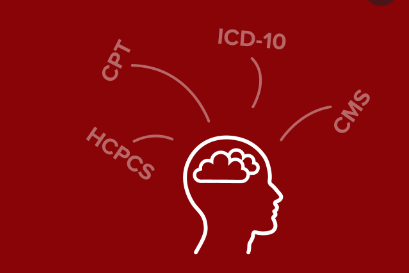What the Medicare Changes in 2018 Mean for Physical Therapists in Private Practice
Of course the new medicare changes have some few effects on physical therapists in private practice, which i will begin to explain from the next line.
Focus on Value
Medicare is shifting far from the fee-for-service payment structure, in which providers are compensated exclusively by the volume of services rendered, and toward a structure that considers providers responsible for patient outcomes and costs. This move to value-based care is intended to propel the goals of health care’s “triple goal”— improving the patient experience of care (including quality and satisfaction), bettering the health of populaces, and reducing the per-capita cost of healthcare. Physical therapists (PTs), especially those on private practice, should rapidly recognize chances to get occupied with value-based payment models.
Permanent Fix to the Therapy Cap in 2018
As a component of the Bipartisan Budget Act of 2018, legislation, Congress finally sanctioned a permanent solution to the known issues of the hard cap on outpatient physical treatment services under Medicare Part B, ending a 20-year cycle of patient uncertainty and inefficient temporary fixes. Therapists in private practice should review APTA direction on targeted manual medical review on the off chance that they are alerted by the Supplemental Medical Review Contractor. The Centers for Medicare and Medicaid Services (CMS) issued a few payment updates and policy changes that will influence the physical treatment profession in 2018 and past.
2018 Changes to Fee Schedule Payments
Effective for services given on or after January 1, 2018, the 2018 fee plan schedule conversion factor is 35.99, which mirrors the +0.5% update factor indicated under MACRA, decreased by 0.9%, due to the misvalued code target recapture amount and a budget neutrality alteration. CMS made both positive and negative changes in accordance with the values of a few highly used CPT codes in the physical medicine and rehabilitation family, including manual treatment, therapeutic exercise, therapeutic activities, and neuromuscular re-education. On account of the wide variety of upward and downward adjustments, the effect on an individual physical therapist will rely on the sorts of patients the PT or clinic typically observes and what interventions are commonly utilized. To enable PTs in private practice to clear up a portion of the uncertainty, APTA has updated the 2018 Medicare Physician Fee Schedule calculator to mirror the most up and coming values issued by CMS and to enable you to better determine how your typical case-mix will go in 2018.
Quality Payment Program
The Medicare Access and CHIP Re-authorization act of 2015 (MACRA) set up the Quality Payment Program (QPP), a quality incentive program for qualified clinicians that rewards value and outcomes through 1 of 2 tracks: the Merit-based Incentive Payment System (MIPS) and Advanced APMs. MIPS: Clinicians participating in MIPS procure a performance-based payment adjustment to their Medicare payment, based on a score gotten from evidence-based and practice-specific quality information in the following 4 categories: Quality (from the former PQRS); Improvement Activities; Advancing Care Information/data (from the former Meaningful Use initiative); and Cost. In spite of the fact that PTs are not qualified for compulsory participation under MIPS in 2018, a lot of them can voluntarily report their quality information/data. APTA strongly urges members to willfully report, as it will help set up the profession for potential mandatory participation and to advocate for policy changes needed to guarantee that PTs can be successful in MIPS.
Evaluation and Reevaluation Codes
In 2018, Medicare is maintaining a single payment rate for all of the 3 layered evaluation codes that were implemented in 2017, saying it will continue to gather usage information before considering any amendments. This implies it’s imperative that PTs continue to document the medical need of their evaluations and precisely pick the proper codes, to guarantee that Medicare has complete information for potentially striating payment rates later on.
Post-acute Care Reform
In spite of the fact that proposed payment policy changes for home health agencies (HHA) and skilled nursing facilities (SNF) were not finalized for usage in 2018, Medicare is determined to enhance payment precision for HHA and SNF patients. In future years, it is likely we will see the relationship between therapy utilization and payment eliminated. It is vital for the physical therapy profession in private practice also to be aware of the ever-evolving changes.





